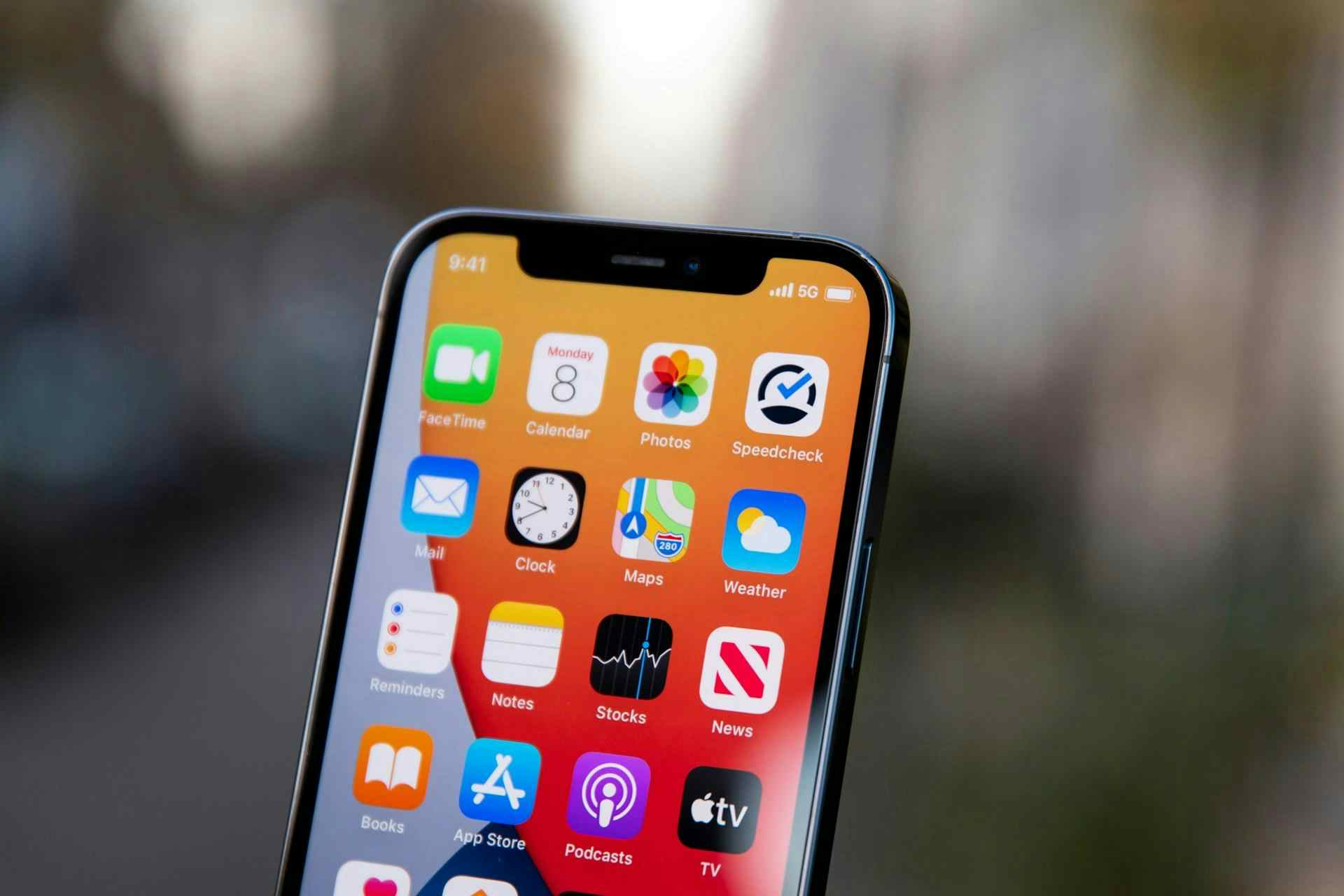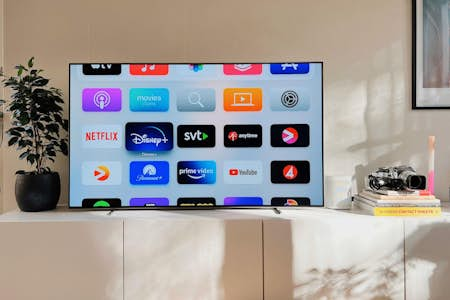With ultra-low latency, faster speeds, and stronger reliability, 5G improves everything from healthcare and smart cities to gaming and self-driving cars. It also enables edge computing, which processes data closer to the user instead of relying on distant cloud servers.
Here are five surprising ways 5G powers everyday life, often without you realising it.
1. Real-time healthcare monitoring and emergency response
Wearable health devices like smartwatches, fitness trackers, and medical sensors are getting smarter with 5G. These devices track and analyse health data in real-time. They send updates to doctors or alert users about potential health risks.
A 5G-connected smartwatch can detect an irregular heartbeat and notify a doctor instantly. This allows for early medical intervention. Hospitals also use 5G for remote patient monitoring, tracking vital signs without requiring patients to stay in a facility.
In emergencies, 5G-powered ambulances stream live video to hospitals. This helps doctors prepare before the patient arrives, reducing response times and improving care.
2. Smarter and safer autonomous vehicles
Self-driving cars are no longer just a futuristic idea. They’re already here, and 5G is making them work.
Autonomous vehicles process data from sensors, cameras, and LiDAR systems in milliseconds. This helps them detect obstacles, pedestrians, and traffic signals instantly.
Unlike traditional cloud computing, 5G-powered edge computing processes data locally instead of sending it to distant servers. This allows cars to react faster, reducing accidents and improving safety.
Even regular cars with driver-assistance features like lane-keeping assist and adaptive cruise control depend on 5G. This technology is changing transportation, making driving safer and more efficient.
3. Lag-free cloud gaming and high-quality streaming
Online gaming and streaming needs fast, reliable connections. 5G’s ultra-low latency makes this possible.
Cloud gaming platforms like NVIDIA GeForce Now, Xbox Cloud Gaming, and PlayStation Remote Play let users play high-quality games on any device. They no longer need expensive hardware to run graphics-intensive games.
In multiplayer games, every millisecond matters. 5G reduces lag, making gameplay smoother and reactions faster. It's not just fast-paced action games that benefit; casino gaming is also evolving with this technology.
Even live casino platforms benefit from 5G’s speed and low latency. Players can now explore online slots with high-quality graphics, interactive themes, and interactive bonus features, all without lag or interruptions because of the reliability of 5G.
Streaming services like Netflix, YouTube, and Disney+ use 5G to deliver buffer-free 4K and 8K video. This means no more frustrating buffering or long loading times, even when streaming high-definition content. Users can switch between multiple devices, stream live events, and enjoy smooth playback without interruptions.
4. Smart cities and intelligent traffic management
Cities are getting smarter, and 5G is leading the way. Traffic congestion is a big problem, but 5G-powered traffic systems help ease it. They analyse real-time data from road sensors and cameras to keep traffic moving smoothly.
AI-driven 5G traffic lights adjust based on actual traffic flow. This reduces wait times, improves road efficiency, and cuts carbon emissions from idling cars.
Beyond traffic, smart city infrastructure uses 5G for:
- Smart waste management: Sensors detect full bins and optimise collection routes.
- Public safety surveillance: AI-powered cameras improve security while reducing unnecessary human monitoring.
- Energy-efficient streetlights: Automatically dim or brighten based on real-time activity, saving energy.
These advancements make urban living more efficient, sustainable, and connected.
5. Industrial automation and the Internet of Things (IoT)
5G is changing factories, farms, and warehouses by making work faster and smarter. In factories, robots and machines use 5G sensors to monitor production, spot problems, and improve efficiency. If a machine overheats, 5G sensors detect it and start repairs before it breaks down.
On farms, 5G helps control irrigation by adjusting water use based on weather. Drones with 5G cameras check crops, find diseases, and improve harvests with precise farming.
In warehouses, 5G-powered robots handle inventory and orders. They speed up supply chains and reduce the need for human labour.
How 5G powers everyday life
5G isn't just about faster downloads; it's shaping the future across multiple industries. From healthcare and transportation to gaming, smart cities, and industrial automation, its impact is everywhere, often unnoticed.
As 5G continues to evolve, expect even more innovations that seamlessly integrate into daily life, making technology smarter, faster, and more efficient than ever before.
Image Credit: Frederik Lipfert at unspalsh






